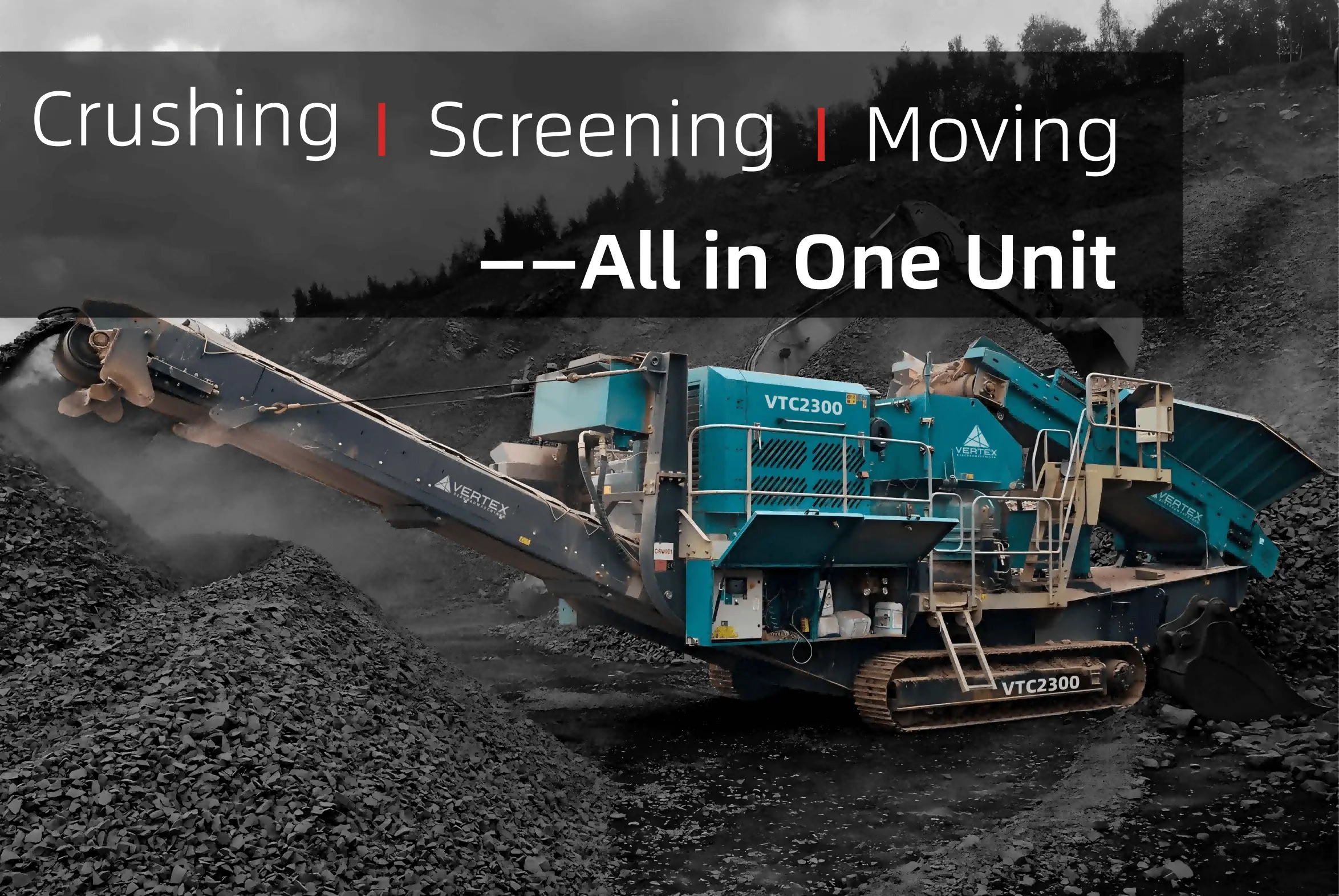
A mobile stone crusher plant is a versatile, compact, and highly efficient solution for on-site material crushing. Designed to reduce the need for transportation and manual handling of large stone aggregates, it enables fast, flexible, and cost-effective processing across various industries—from mining and quarrying to construction and roadworks. But how exactly does it work? Let’s break it down step-by-step and explore the core mechanisms behind its performance.
A mobile stone crusher plant is a self-contained unit that integrates several components onto a single mobile chassis. Unlike traditional crushing systems that require fixed foundations and multiple transportation steps, this solution can be moved easily between locations, often using track-mounted or wheel-mounted systems. These plants typically consist of a feeder, primary and secondary crushers, screening equipment, conveyors, and a power unit. Depending on the application, they can be tailored for crushing hard rock, recycled concrete, or mixed demolition debris.
Main Components and Their Roles

The working cycle of a mobile stone crusher plant can be broken down into the following steps:
Step 1: Material Loading
Raw materials such as rocks, stones, or concrete debris are loaded into the hopper using an excavator or wheel loader.
Step 2: Controlled Feeding
The vibrating feeder regulates the flow of material into the crusher, ensuring consistent operation and reducing the risk of overload.
Step 3: Primary and Secondary Crushing
The material enters the crusher chamber where it is compressed or impacted (depending on the crusher type) to reduce its size. For more refined applications, a secondary crusher may further reduce the size.
Step 4: Screening and Sorting
Crushed materials pass through screens where they are sorted into desired sizes. Unqualified material is sent back for further crushing.
Step 5: Final Output
Final products are transported via conveyor belts and discharged to storage or directly onto transport vehicles.
Mobility: Easily relocated between project sites without heavy disassembly or foundation work.
Cost Efficiency: Reduces haulage, site prep, and material handling costs.
Time Saving: Quicker setup and tear-down time compared to stationary systems.
Adaptability: Works well in remote areas, temporary projects, or rough terrain.
Modern mobile crushing plants often include smart controls such as:
Application Scenarios
Mobile stone crusher plants are widely used in:
Operational and Safety Considerations
Daily inspections for loose bolts, hydraulic pressure, and wear parts
Safe loading procedures to prevent overfeeding or clogging
Operator training for efficient and hazard-free use
Dust suppression systems to comply with environmental standards
Future Outlook and Trends
Understanding how a mobile stone crusher plant works allows you to see the advantages it offers over traditional setups—portability, flexibility, and speed. Whether you're in construction, mining, or demolition, this technology streamlines material processing and can dramatically improve project timelines and cost-efficiency.